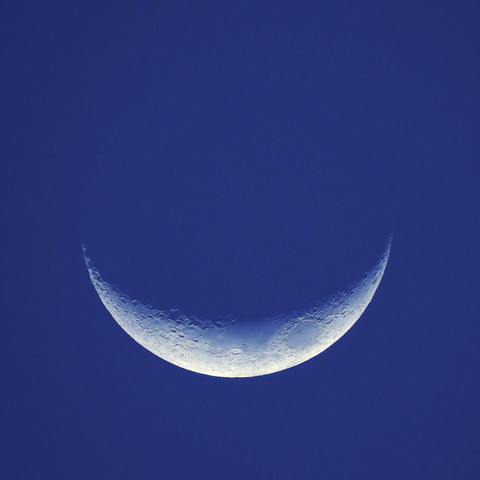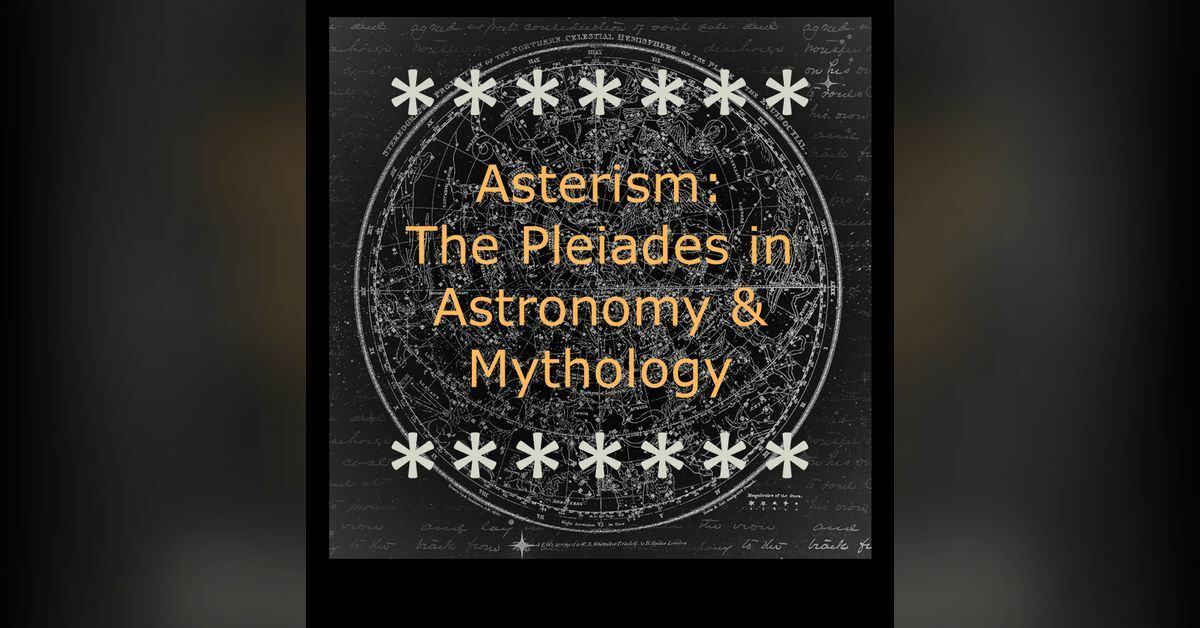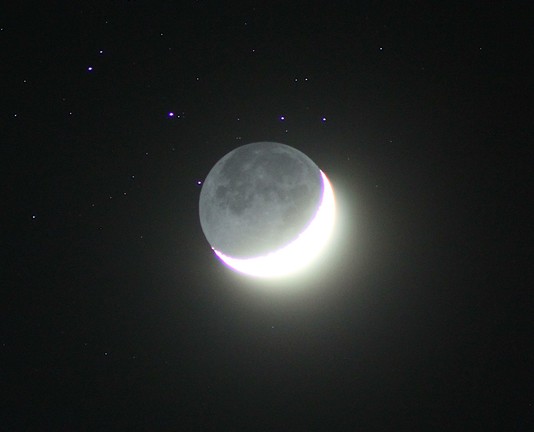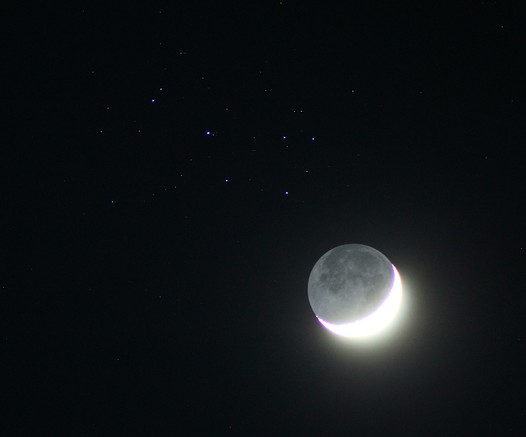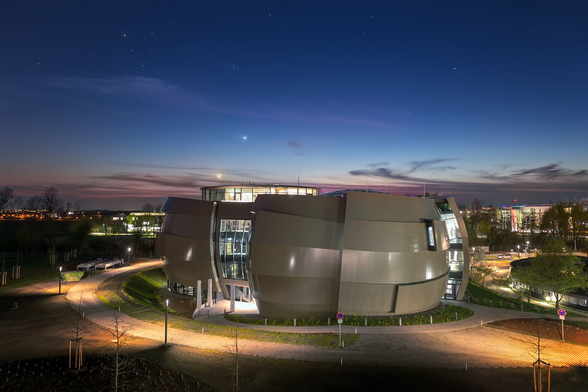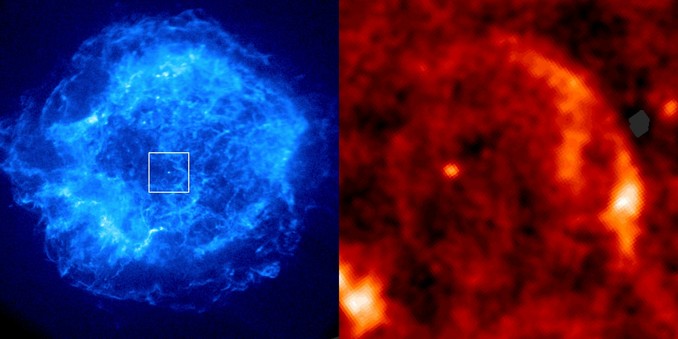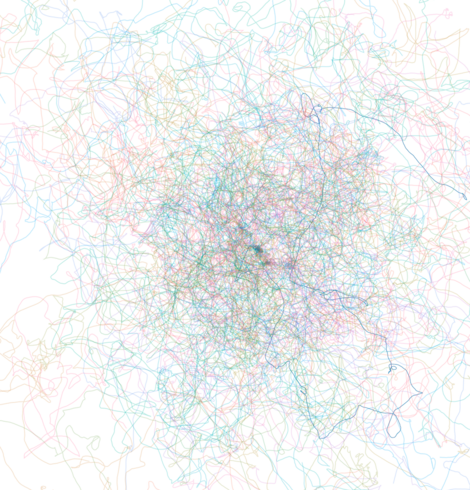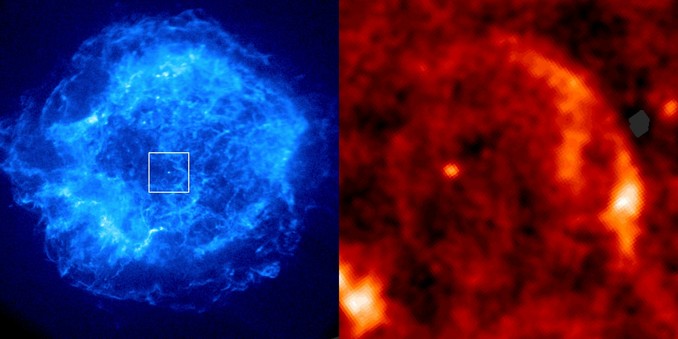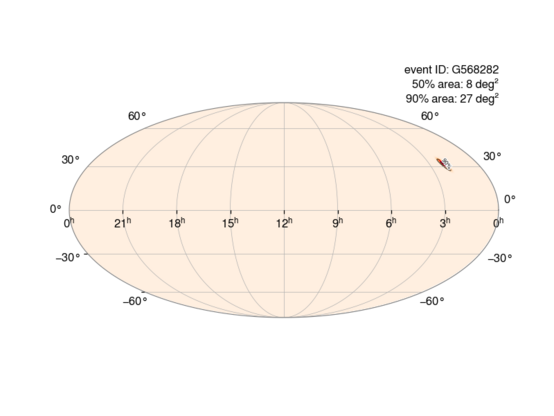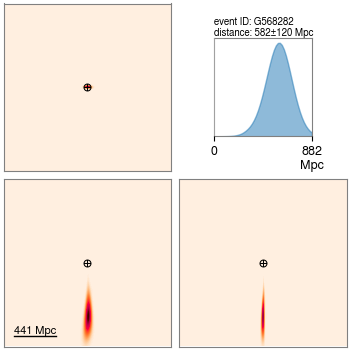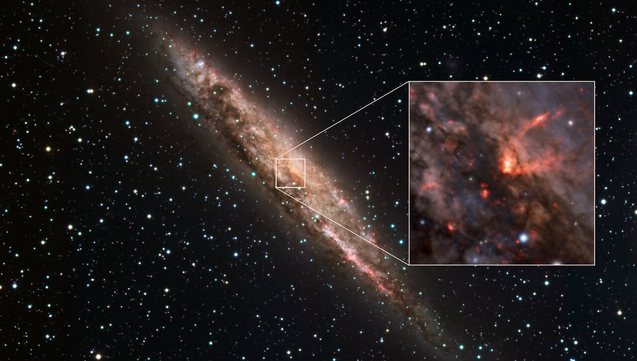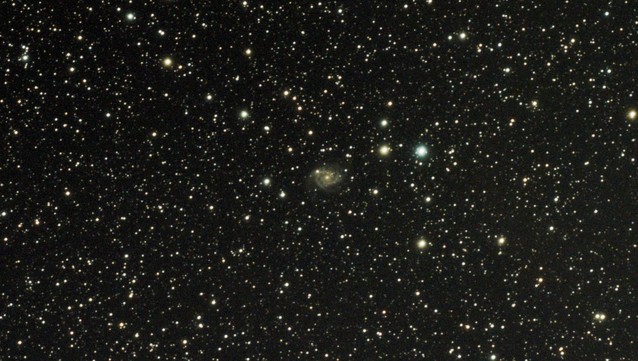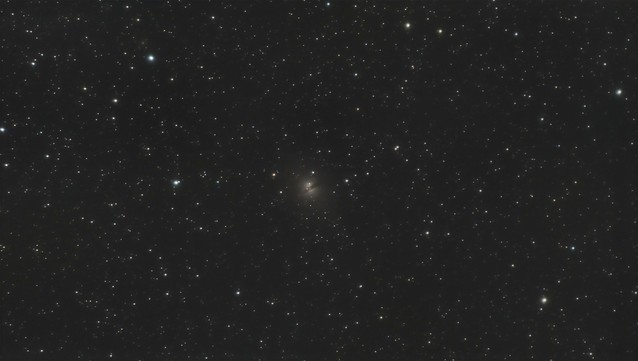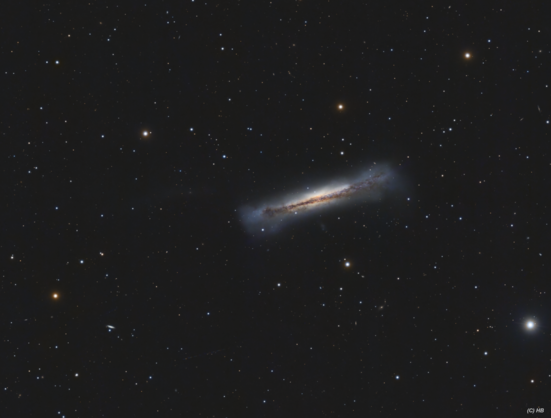A quick snapshot of the moon at sunset tonight with my "day camera" (Nikon P1000). I wanted to get a proper image of it with the Pleiades, but these fast-moving bands of showers are still blowing through, and I don't dare uncover the equipment.
#space #astronomy #astrodon
Recent searches
Search options
#Astrodon
Since I'm seeking #Pleiades content as I scroll today -- we did an #astronomy & #mythology #podcast episode on the Pleiades last season!
You can check it out here if you want to learn more about this star cluster / nymph sisters: https://starrytimepodcast.podbean.com/e/asterism-the-pleiades-in-astronomy-and-mythology/
Waxing Crescent Moon. 2113UT 1 April 2025. #AstroDon #Astronomy #Astro #Space #Astrophotography
Waxing Crescent Moon in the Pleiades. 2116UT 1 April 2025. #AstroDon #Astronomy #Astro #Space #Astrophotography
Waxing Crescent Moon approaching the Pleiades. 2000UT 1 April 2025. #AstroDon #Astronomy #Astro #Space #Astrophotography
Attention #science communicators! There are still a few days to apply for a cool #scicomm #job at the ESO Supernova Planetarium here in Garching bei #Munchen.
If you're passionate about getting audiences of all ages excited about #astronomy and you're fluent in both English and German, apply here: https://recruitment.eso.org/jobs/2025_0019
ESO/P. Horálek
New header picture
It shows the two supernova remnants Cassiopeia A (left, in X-rays) and Vela Jr. (right, at radio wavelengths). Both harbor a “central compact object”, a neutron star left behind together with the debris cloud after the supernova.
Researchers from the permanent independent @maxplanckgesellschaft research group “Continuous Gravitational Waves” at @mpi_grav in Hanover, Germany, have been searching for gravitational waves from these central compact objects using the volunteer distributed computing project @einsteinathome.
https://arxiv.org/abs/2503.09731
The fact that they did not find any gravitational waves indicates that the neutron stars can only be minimally deformed.
https://www.aei.mpg.de/1188233/digging-deeper-with-einstein-home?c=26149
Images: http://snrcat.physics.umanitoba.ca/SNRrecord.php?id=G111.7m02.1 and http://snrcat.physics.umanitoba.ca/SNRrecord.php?id=G266.2m01.2
Trajectories of E=1e18eV protons in a simulated cosmic volume, pretending their propagation does not happen in a small periodic box.
(propagation and loss code in Julia language)
Neues Header-Bild
Es zeigt die beiden Supernova-Überreste Cassiopeia A (links, im Röntgenbereich) und Vela Jr. (recht, im Radiobereich). Beide beherbegen ein „zentrales kompaktes Objekt“, einen Neutronenstern, der mit der Explosionswolke nach der Supernova zurückblieb.
Forschende der dauerhaften unabhängigen @maxplanckgesellschaft Forschungsgruppe „Kontinuierliche Gravitationswellen“ am @mpi_grav in Hannover haben mit dem verteilten Rechenprojekt @einsteinathome nach Gravitationswellen von diesen zentralen kompakten Objekten gesucht.
https://arxiv.org/abs/2503.09731
Dass sie keine Gravitationswellen gefunden haben, verrät, dass die Neutronensterne nur minimal verformt sein können.
https://www.aei.mpg.de/1188233/digging-deeper-with-einstein-home?c=26149
Bilder: http://snrcat.physics.umanitoba.ca/SNRrecord.php?id=G111.7m02.1 bzw. http://snrcat.physics.umanitoba.ca/SNRrecord.php?id=G266.2m01.2
Wow, the #astroph on #aprilfoolsday has gone wild , too many fuzzy articles to keep track.
I personally don't mind, except they really have to be fun if you decide to post them, if they only are meeeeeeh, ok-ish, you should have probably waited a bit more.
“We really shouldn’t have found a galaxy like this, given our current understanding of how the universe evolved. Imagine the early universe wrapped in a thick fog, making it extremely hard to detect strong beacons shining through it. Yet here we see this galaxy’s beam piercing through the veil.”
A New Cosmology Mystery: James-Webb Telescope Observes a Galaxy It Shouldn’t!
https://dailygalaxy.com/2025/03/a-new-cosmology-mystery-james-webb-telescope-observes-a-galaxy-it-shouldnt/
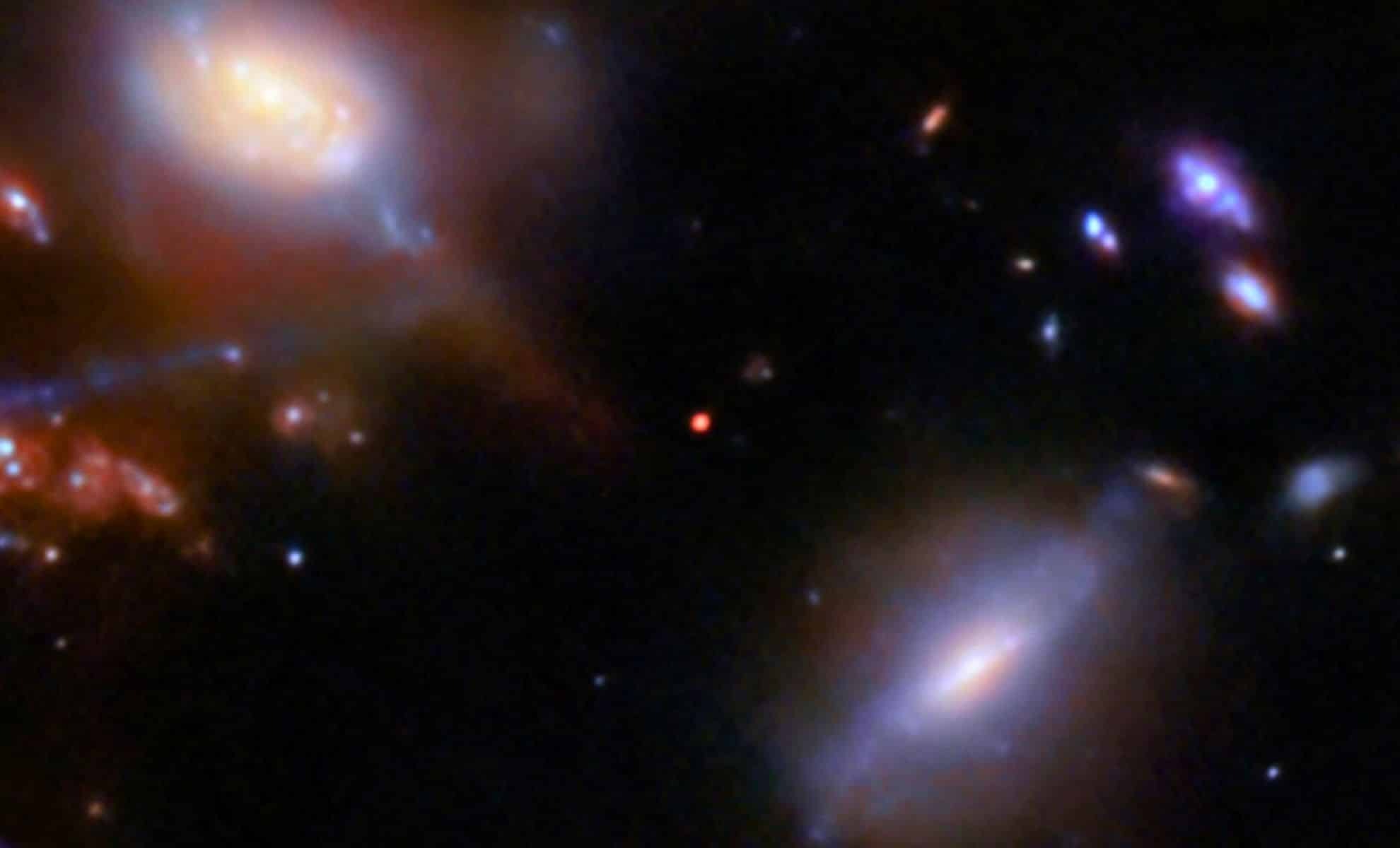
Many Protoplanetary Disks Aren't Much Bigger Than Earth's Orbit
https://www.universetoday.com/articles/many-protoplanetary-disks-arent-much-bigger-than-earths-orbit
"'The observations also show that these compact discs could have optimal conditions for the formation of so-called super-Earths, as most of the dust is close to the star, where super-Earths are typically found', Sanchez said. Super-Earths are similar to Earth in many ways, but can be up to ten times more massive than our home world. This could explain why low-mass stars seem to have so many super-Earths and why they're the most common type of planet in the Universe.
In contrast, stars with larger disks seem to produce more Jupiter- and Saturn-sized worlds, but no super-Earths. So, what does that say about our Solar System? The team's survey seems to imply that our collection of planets was born in a large protoplanetary disk. That's because we have Jupiter and Saturn and we only have a 'regular-sized' Earth. 'This research provides a fascinating link between the sizes of observed planets and the sizes of observed protoplanetary disks,' said van der Marel, also of Leiden Observatory."
Start the week with #GravitationalWave candidate #S250331o
If real, the source is probably a binary black hole
False alarm rate 1 in 100 yr
GraceDB https://gracedb.ligo.org/superevents/S250331o
GCN https://gcn.nasa.gov/circulars/39953
Rating
ExoMars Rosalind Franklin rover will have a European landing platform
The European Space Agency (ESA) has selected Airbus to design and build the landing platform for the ExoMars Rosalind Franklin rover. In 2028, ESA will launch this ambitious exploration mission to search for past and present signs of life on Mars.
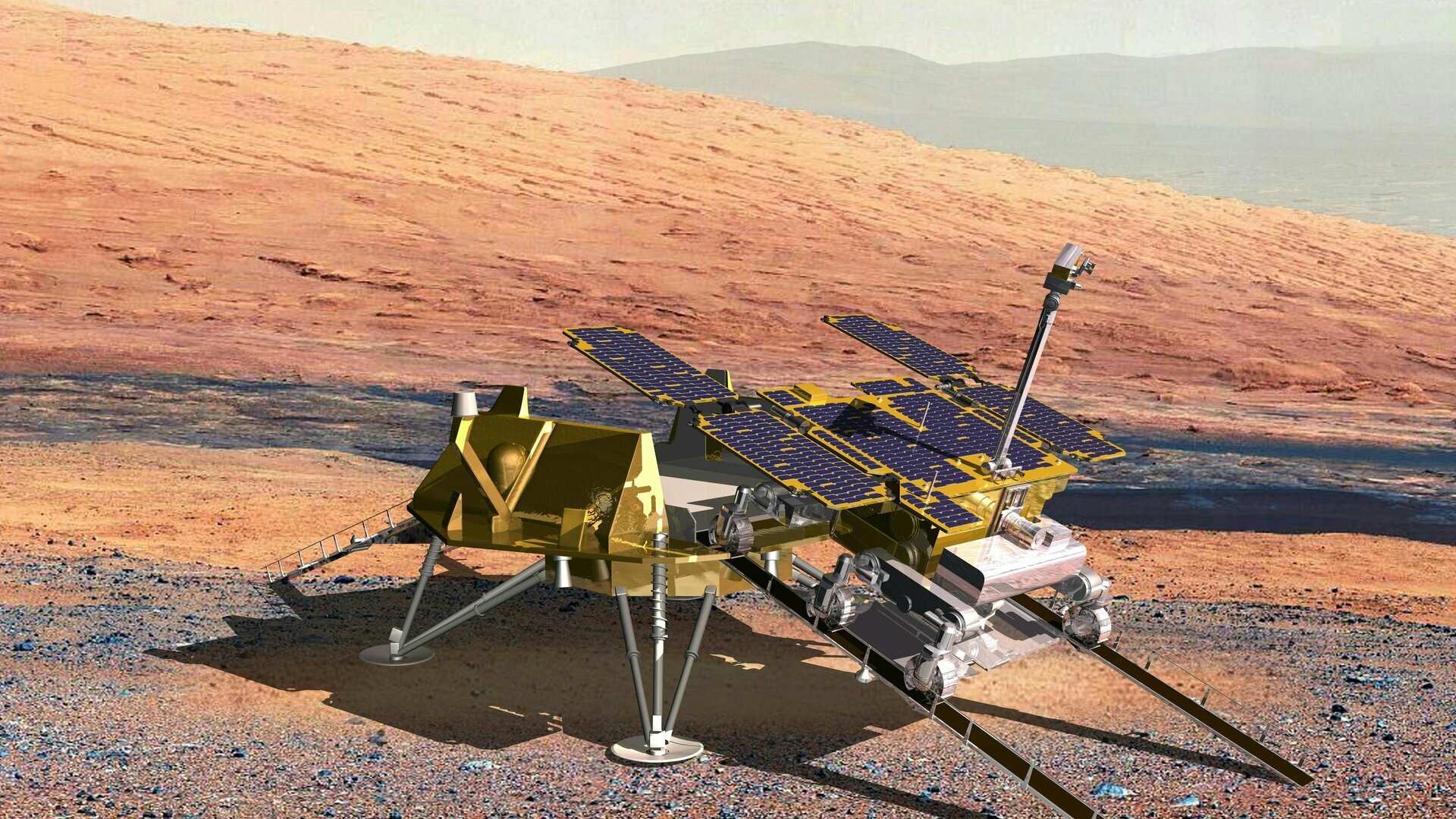
Supermassive black hole caught playing with its food!
The supermassive black hole at the centre of galaxy NGC 4945 is swallowing huge amounts of matter. Yet, contrary to a black hole’s all-consuming reputation, our Very Large Telescope (VLT) has caught it blowing out powerful winds of material.
This cone-shaped wind is shown in red in the inset image. In fact, the wind is moving so fast that it will end up escaping the galaxy altogether, lost to the void of intergalactic space.
Read more: https://www.eso.org/public/images/potw2513a/
ESO/C. Marconcini et al.
Hello folks, it's been a little while so lets get some sky happening down here in #PerthWesternAustralia
I've been enjoying my Dwarf3 telescope, so let me share with you the unicorn's nostril (true, you look at Monoceras and that's where it is!), the Rosette Nebula, or Caldwell 49.
We also have IC 2944 another great Nebula, but one I'm in extreme doubt about its popular name to the extent that I'm going to use my own name for it, so let me introduce you to the Rising Phoenix Nebula. If you want to use the other name that's fine but lalalalala I can't hear you.
Both those images are straight out of camera. I think at least 400 frames but I'd have to check my records as it was a week or two ago.
The next subject is a bit small, I've cropped it a bit to make up for it somewhat. It's NGC 2997, a spiral galaxy in Antlia the Bellows. Why have I bothered given that I like an apparent size of 20 or so minutes, and this doesn't even get to 10? Well, it's one of these rare, to my view, straight on spiral galaxies, it's not edge on, so it gets a pass. And this got a good couple of hours last night, and turned out really well, I dickered a little with Snapseed. We had some rain, and wow, the sky was very clean and clear, and this object shows it. I really want to do a longer exposure, even if it's little.
And the last one is one that did get that longer treatment - it's the notorious Centaurus A, commonly known as the Hamburger Galaxy. I left this one on the roof overnight preprogrammed for a good few hours and this comes to you also from straight out of camera. It really is a peculiar galaxy, and sports a couple of supernovae and a dust cloud that gives it that split look.
Here we have the #Perseus cluster and #Centaurus cluster from #Chandra
Want to learn more about the #constellations where these live?
Check out our Perseus episode here: https://starrytimepodcast.podbean.com/e/perseus-cosmic-background/
And our Centaurus episode here: https://starrytimepodcast.podbean.com/e/centaurus-cosmic-background/
:https://chandra.harvard.edu/photo/2025/filaments/index.html
#Astrodon #astronomy #space #science #astrophotography #constellation #podcast #NASA
I found out from Wikipedia that this distant object is called Sarah's Galaxy. I find this name more appropriate than the ordinary and vulgar one that people call it. Sarah's Galaxy refers to Sarah Williams, who wrote this poem that is all me now:
"Though my soul may set in darkness, it will rise in perfect light;
I have loved the stars too truly to be fearful of the night."
The Old Astronomer



